Back to basics: how to stay warm camping…

After a long day exploring nature, spending time with loved ones - or just taking in your latest adventure - your tent becomes your home away from home.
But a cold tent can quickly turn your outdoorsy dream into a nightmare, so learning how to stay warm camping is one of the most crucial, but often overlooked, basics. We know it’s hard to know where to start.
From helping you get to grips with useful equipment such as a tent stove to smart ways to preserve heat as you go along - our experts have you covered.
In this guide, we’ll tell you everything you need to know about keeping warm and comfortable, even when the mercury drops.
But first, how cold is too cold?
What temperature is too cold for a tent?
If you’re preparing to go camping, make sure to keep an eye on the weather report.
Even if you’re a seasoned outdoorsman, anything below 20° F is far too cold to go tent camping, and no amount of fancy thermals can stave off the effects of frostbite. While you can’t control the weather, aim for sensible timings and only camp in climates you’re familiar with.
Cold, crisp weather with some showers is fine with the right set-up - but look ahead in the forecast for oncoming sleet, snow or ice-risks.
We’ll touch on how the right tent can help you handle colder weather in the next section.
Tips for staying warm camping

Choose the right tent
You can’t camp without a tent.
So when you’re looking to invest, choose one that’s not only built to last, but is made from fabric that offers some protection against chillier nights.
At Boutique Camping, our cotton tents are great for four-season camping, used as a go-to thanks to its ability to adjust to climates. Durable, breathable and most importantly, warm, these 100% natural fibres are a great choice for adventuring.
But it’s not just about what your tent is made of: it’s also important to consider size. The bigger your tent, the trickier it will be to get warm, especially if there’s only a few of you. That’s why we recommend choosing a tent that meets your needs and cuts out any wasted space.
When there’s more ‘air’, your bodies and equipment will have to work even harder to get toasty on cooler nights.
Pick your spot
If you’re setting up a campsite, make sure you choose a spot that’s well protected from the wind. Ideally, it’ll be pitched in a clearing within a solid clump of trees or behind a natural formation like a rock slab or ridge, offering a good buffer from those cold blows!
Make sure your camping spot is also at a lower elevation, if possible. The higher you go, the colder it gets, so pick a base that’s reasonable and ideally, gets a patch of morning sun.
Those welcome rays are perfect for warming you up first thing!
Pack a good sleeping bag
A good sleeping bag is often the difference between a solid night’s sleep and a terrible one. Make sure to check the temperature rating when you go shopping, as most high-end sleeping bags have a certified temperature rating, verified by an independent body.
These temperature-tested bags can be much more expensive, but investing in your comfort, sleep and overall safety is key. Your future self will thank you!
Work from the ground up
While it can be tempting to layer yourselves with every pillow, rug and blanket from home when the weather drops - you should be thinking about the ground. Further layer yourself with the help of a durable groundsheet protector, as the earth leeches a surprisingly amount of heat as you sleep.
But as well as a groundsheet, you can use other items in a pinch. Such as:
- Furry blanket
- Rugs and mats
- Specialist insulated layer
- Foam ‘yoga’ style covers

Whatever you use, anything is better than nothing!
Stove-top
As well as adding a welcome glow to any setting, a tent stove isn’t just for cooking. These clever wood stoves can be used both indoors and outdoors, offering a reliable heat source night after night. All you have to do is light it and you’re away!
As with any open flame, make sure to keep anything flammable like sleeping bags and mats far away - ensuring your tent is properly vented.

Dress for the warmth you want
If you’re in for a colder camp, make sure you pack well. We recommend the following to help keep you warm, whether you're on the trail or deep in your sleeping bag.
Base layers
As these will sit closest to your body, the base layers are some of the most important. They need to wick away sweat from hikes or hunting, while trapping heat against your body - so look for synthetic materials or splash out on merino wool.
Mid-layers
Fleece trousers are great to put on over your base layer, especially on cooler camping trips. You can also put on an insulated puffer jacket or fleece over the top to keep heat circulating, before finishing with your waterproofs or hiking jacket.
Final notes
- Always wear dry clothes to bed: Don’t ever be tempted to crash in your sweaty hiking clothes, no matter how tired you are. The moisture quickly cools, and you’ll struggle to warm up again.
- Keep your head warm: Your head is one of the main places we emit heat, so pop a knitted hat or beanie on to keep insulated. Look for ones made of wool or fleece - and consider covering your neck with a scarf or roll-neck style top, too.
Got questions? Talk to the experts at Boutique Camping
Sleeping under the stars. Making memories that last a lifetime. Discovering a new adventure, every day. If you’re looking to get out into the great outdoors, then look no further than Boutique Camping.
Why?
Here, we live, breathe and love all things camping. That’s why we’ve got a passionate team of outdoor experts ready to share their knowledge and insider tips. Whether you need gear recommendations or camping hacks, we're here to help -straight from the mouths of fellow enthusiasts who just ‘get it’. Talk to us, today!
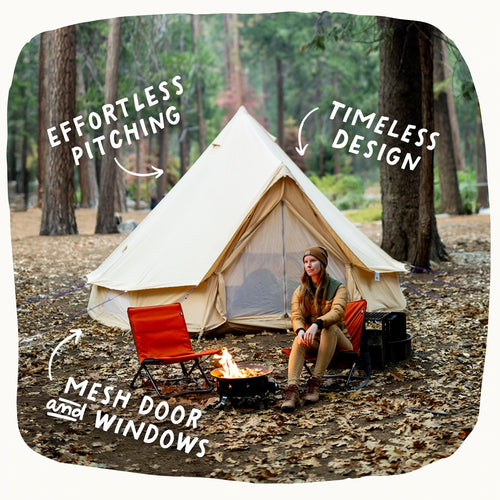
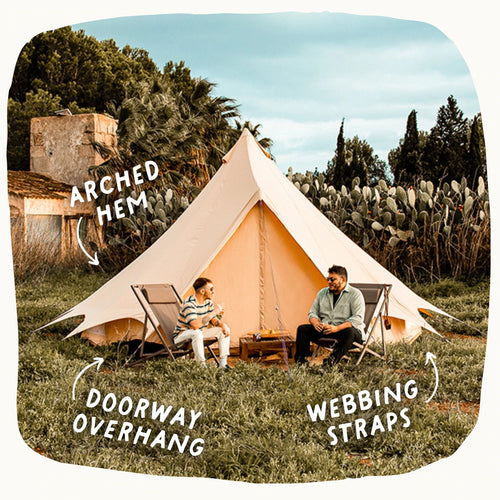
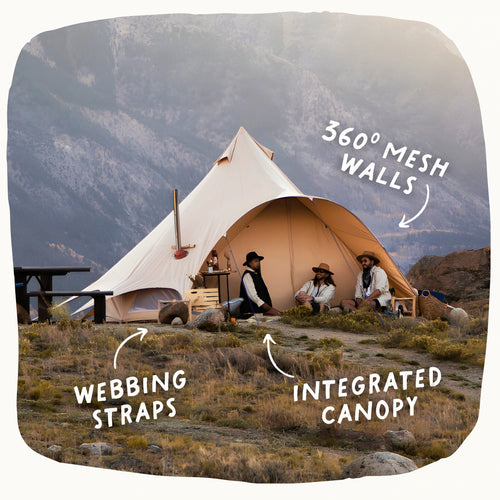
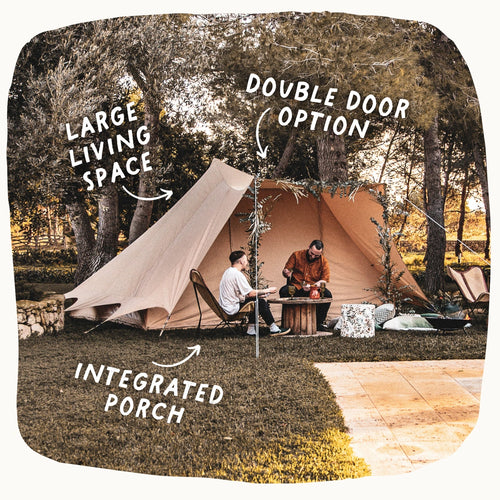
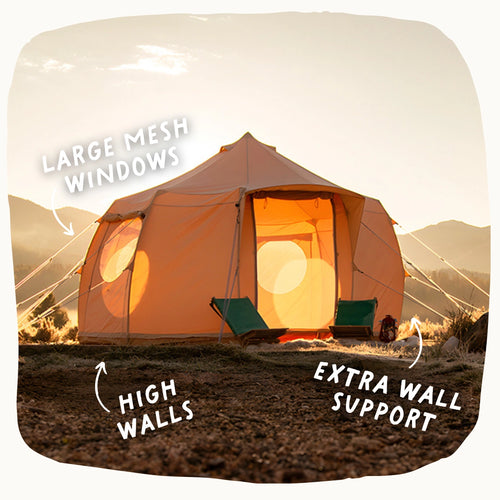
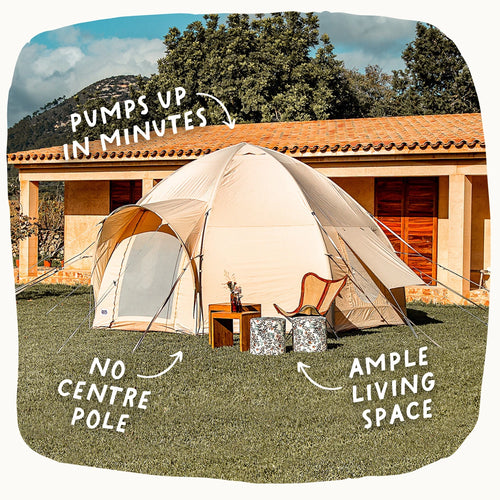


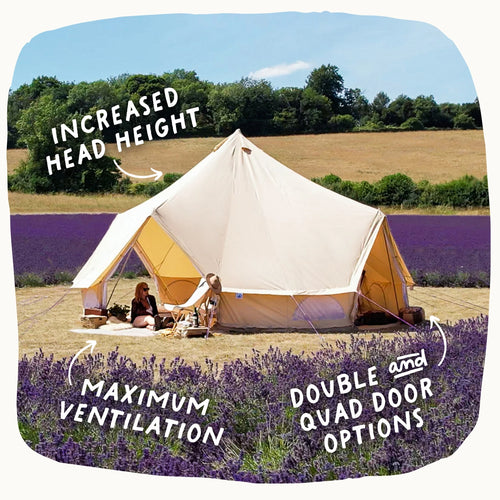



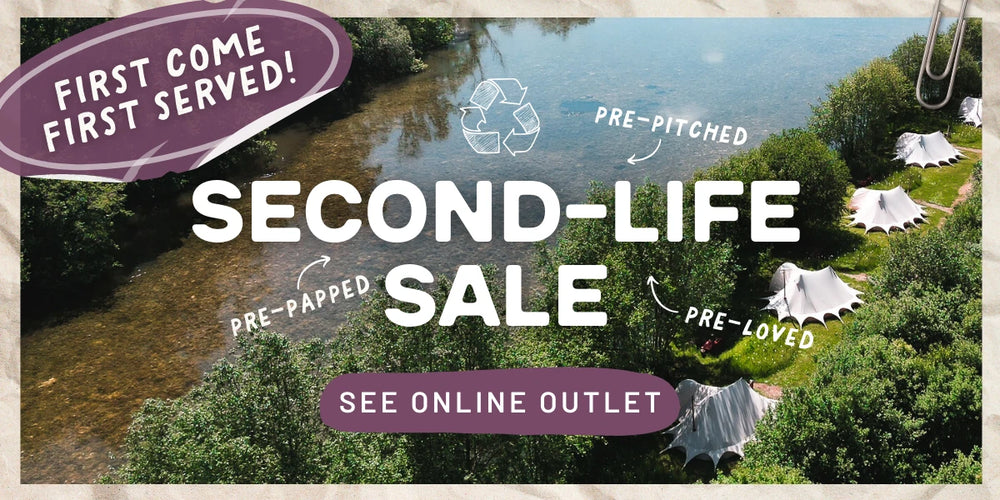
Dejar un comentario